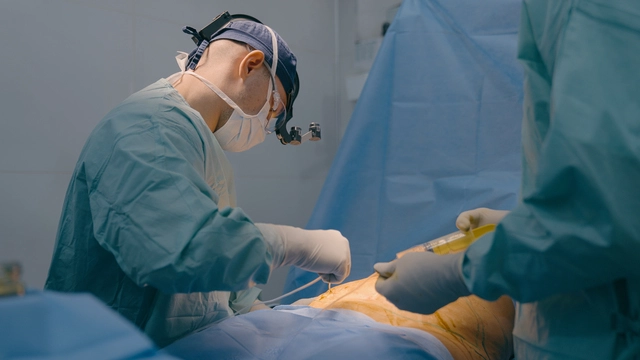Surgery can be intimidating, and one of the most common questions patients ask is: Is laparoscopic surgery safe? Laparoscopy, often called “keyhole surgery”, has become one of the most widely used surgical methods across the world. Compared to traditional open surgery, it offers smaller incisions, quicker recovery, and reduced risk of complications.
In this blog, we’ll explore the safety of laparoscopic surgery, its advantages, possible risks, and what you can expect before and after the procedure.
What is Laparoscopic Surgery?
Laparoscopic surgery is a minimally invasive technique in which the surgeon makes tiny incisions, usually less than 1 cm, and inserts a thin tube with a camera (laparoscope). The camera projects a magnified image of the inside of the body onto a screen, allowing the surgeon to operate with precision.
It is commonly used for:
- Gallbladder removal (cholecystectomy)
- Appendectomy (appendix removal)
- Hernia repair
- Bariatric (weight-loss) surgery
- Gynaecological procedures (hysterectomy, ovarian cyst removal)
- Colon and stomach surgeries
Why Laparoscopic Surgery is Considered Safe
1. Smaller Incisions
Unlike open surgery, which requires large cuts, laparoscopy uses very small incisions. This reduces tissue damage and promotes faster healing.
2. Reduced Blood Loss
With minimal tissue trauma, there is less bleeding during the procedure, lowering the risk of transfusions.
3. Lower Infection Risk
Small wounds mean fewer chances of post-surgical infections compared to open operations.
4. Quicker Recovery
Most patients can walk within hours and return home the next day. Full recovery is often weeks faster than traditional surgery.
5. Less Pain & Scarring
Smaller cuts heal faster, leave minimal scars, and cause less pain during recovery.
These factors make laparoscopy the preferred choice for many surgeons and patients alike.
Possible Risks of Laparoscopic Surgery
Even though it is safe and commonly performed, no surgery is completely risk-free. Some potential complications include:
- Bleeding or infection at the incision site
- Injury to nearby organs such as the intestines, bladder, or blood vessels
- Reaction to anaesthesia
- Blood clots in rare cases
- Conversion to open surgery – If visibility is poor or complications arise, the surgeon may switch to open surgery for safety
Fortunately, these complications are rare, especially when the procedure is performed by experienced surgeons in advanced hospitals.
Who May Not Be the Best Candidate?
While laparoscopic surgery is safe for most people, it may not be ideal in certain situations, such as:
- Severe heart or lung disease (patients may struggle with anaesthesia)
- Extensive abdominal scar tissue from previous surgeries
- Severe obesity in some cases
- Bleeding disorders
Your surgeon will assess your medical history and recommend the safest approach for you.
Recovery After Laparoscopic Surgery
Immediately After Surgery
- You may feel drowsy from anaesthesia.
- Mild pain or bloating from the gas used to inflate the abdomen is common.
- Most patients can walk within a few hours.
At Home
- Follow your doctor’s instructions for wound care.
- Resume light activities in a few days.
- Avoid lifting heavy weights until cleared by your surgeon.
- Take prescribed medications regularly.
Most patients return to work and normal life within 1–2 weeks, depending on the surgery type.
Frequently Asked Questions
1. Is laparoscopic surgery painful?
You may feel some discomfort, but pain is usually far less compared to open surgery and can be controlled with medication.
2. How long does laparoscopic surgery take?
It depends on the procedure but usually ranges between 30 minutes to 2 hours.
3. Can laparoscopic surgery fail?
Complications are rare, but in some cases, the surgeon may switch to open surgery for safety.
4. Is it safe for elderly patients?
Yes, many elderly patients safely undergo laparoscopy. The reduced stress on the body often makes it safer than open surgery.
Conclusion
So, is laparoscopic surgery safe? Yes. For most patients, it is one of the safest and most effective surgical methods available today. With smaller cuts, faster recovery, and fewer complications, it has become the gold standard for many operations.
That said, every surgery has some risks. The best way to ensure safety is to choose an experienced surgeon, follow pre-operative instructions carefully, and stick to recovery guidelines.




